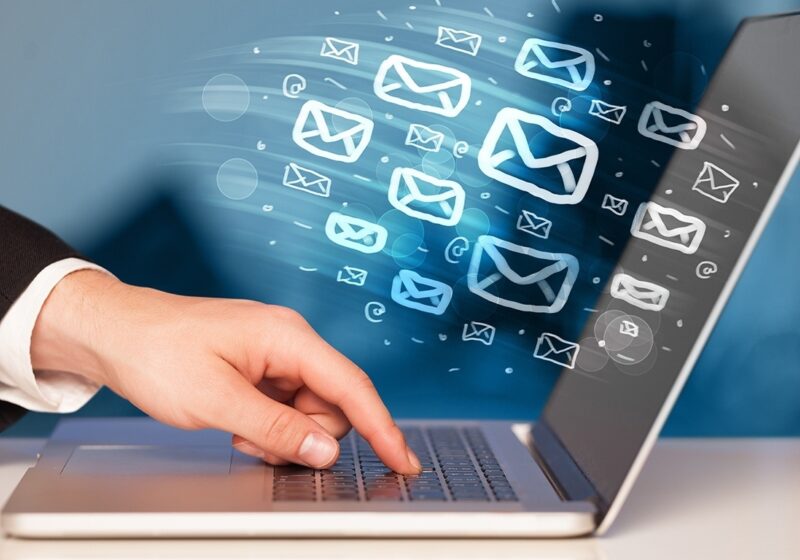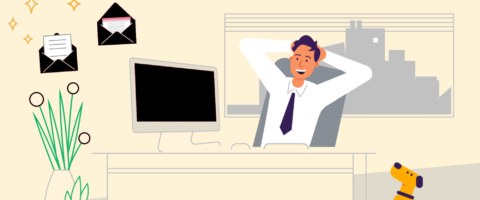Blogs & ideas
How to produce impactful b2b email creative

By David Battson 3 min read

According to the recent ‘State of Marketing Report’ by the leading software giant Salesforce, email marketing has seen an impressive 83% growth in B2B and B2C markets since 2015 as B2B marketing grows by a staggering 200%.
Keeping your B2B email creative fresh and relevant is key to marketing effectiveness. Here we look at key factors to consider when developing impactful B2B email creative:
1. Engaging Imagery
Use of imagery in your creative will be vital to grab the attention of the reader - so select images that will do just that. Even with product shots try to make them more interesting by shooting them creatively. Wherever possible, make images relevant to your copy, this will draw the reader in and encourage them to read what you are trying to communicate.
Images can also create feeling – so use this attribute to match your brand or particular campaign message. If you are looking to communicate a serious message – don't use a jovial image to accompany it. If your brand is relaxed and informal, don’t use an image which portrays the opposite. Also make sure you add links to your images – encourage clicks at every opportunity.
Video is also useful. The Salesforce report also found that video advertising has experienced the largest two-year growth in B2B marketing, with video use growing 204%. We find clients are using video more and more in their email marketing.
2. Impactful copy
Be as creative and interesting with your copy as is fitting for your business; relevant, interesting and impactful copy will engage readers and encourage clicks.
A short but absolutely key part of your copy is the subject line – if people aren’t grabbed immediately by this first piece of copy, they will likely never ready the rest. It’s fair to say you should give the subject line as much consideration, if not more, as the rest of the copy.
Use titles, subtitles, paragraphed copy and bullet points where appropriate to lead the reader in a structured way through your email.
You also need to make each element stand alone. Some people will skim read or just read the section which drew their eye initially – so make every area count.
3. Length and layout
Keep your email brief and to the point and make your copy is succinct.
Don’t let your layout become too crowded. White space is a good feature; it can help to draw the eye to key elements within a piece.
You don’t need to overload your email with too much information. The goal of the piece should be to attract attention, then gain interest. From here you want the reader to take some kind of action...
4. Clear calls to actions
The desired action may be to:
click through to your site for more information,
visit your store to take you up on your offer,
answer your questionnaire,
register to attend your event,
or maybe simply to call you... or any other action.
Whatever it is, make it clear.
Your Call to Action (CTA) needs to be obvious, so utilise design solutions to make it stand out. These may include its position, size, colour and more. Use tests to identify the most successful solutions.
Depending on the length of your piece, you may have multiple CTAs.
If you are clicking through to a landing page make sure the next step you want them to take is also obvious there.
5. Segmentation, testing and personalisation
Of course, using your most valuable asset - your data - should involve careful selection criteria and segmentation to ensure you are targeting the email to the right audience.
Testing can also help improve your creative. Test different subject lines to see how this affects open rates, test different positions for your CTA buttons and monitor the effect on click through rates. Plus anything else you think could help drive better response rates.
Finally, you can use personalisation relating to the recipient's name, previous purchases and product interest where appropriate, but remember not to go overboard as this can be perceived as intrusive. Some of the insight you have on the client is best used in a subtle manner, or just as part of selecting clients for receiving different campaigns.
For more information on email marketing content engagement, read our latest Content Engagement Report.
Related blogs and ideas
Explore more ideas
Let us open your mind to new possibilities
Our stories and ideas direct to your inbox





